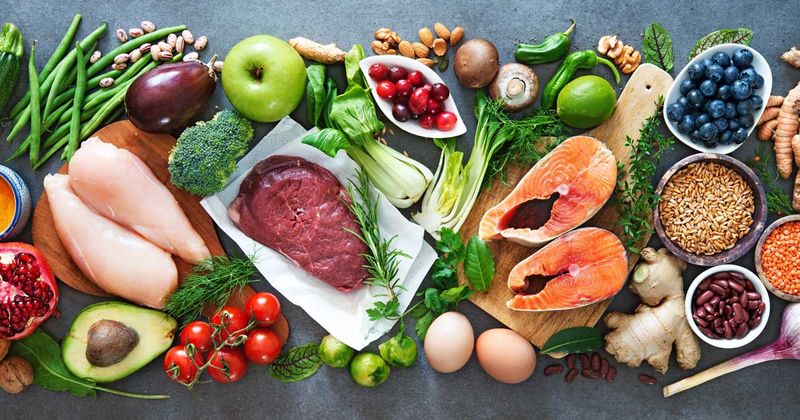Study: Dietary patterns may vary in patients with different stages of CKD
Key takeaways:
- Patients with chronic kidney disease had lower intakes of cereals and higher intakes of meats.
- Patients in CKD stages 1 through 2 had a higher intake of nuts and seeds vs. patients in CKD stage 4.
Dietary patterns may vary significantly in patients with different stages of chronic kidney disease, according to an investigation of food group intake among patients in a United Kingdom study.
“Many studies and nutritional guidelines addressing the management of individuals with CKD focus primarily on recommendations regarding the dietary intake of macronutrients (ie, energy and protein intake) and the restriction of single micronutrients such as sodium, potassium or phosphorus,” Thomas J. Wilkinson, PhD, of Leicester Biomedical Research Centre, Leicester Diabetes Centre, wrote with colleagues. “However, in reality, people generally consume a combination of nutrients (so-called ‘food synergy’) in each meal and, as such, the importance ascribed to individual specific nutrients is diminishing with a shifting focus toward broader food groups and overall dietary patterns.”

Researchers conducted a U.K.-based multicenter observational cross-sectional study that assessed 696 adults using the European Prospective Investigation of Cancer in Norfolk Food Frequency Questionnaire. Participants had a mean age of 64.7 years, were in CKD stages 1 through 5 and did not require dialysis. Mean eGFR was 36.6 mL/min/1.73 m2.
Results showed differences in food group intake across CKD stages. Patients in CKD stages 1 through 2, for example, had a higher intake of nuts and seeds compared with those in CKD stage 4, according to the findings. In addition, there were differences in intake based on gender, with women having a higher intake of fruits and vegetables than men.
Researchers also found patients with CKD had lower intakes of foodstuffs such as cereals, but higher intakes of meat and meat products vs. a reference cohort. While vitamin B2 and calcium were higher in earlier stages, according to Wilkinson and colleagues, there were limited differences in micronutrients.
“Guidance to adopt healthy dietary patterns can be considered as a strategy for managing CKD and a focus on foods and dietary patterns increases the likelihood of consuming a healthier mix of nutrients,” they wrote. “Guidance suggests that nutritional intervention in early CKD should focus on high fruit and vegetable intakes for their beneficial effects on blood pressure, blood lipids, acid-base balance and their fiber content. With mild to moderate reductions in eGFR, a diet high in fruit and vegetables, with moderate amounts of dairy foods and meat and poultry, may be beneficial.”

